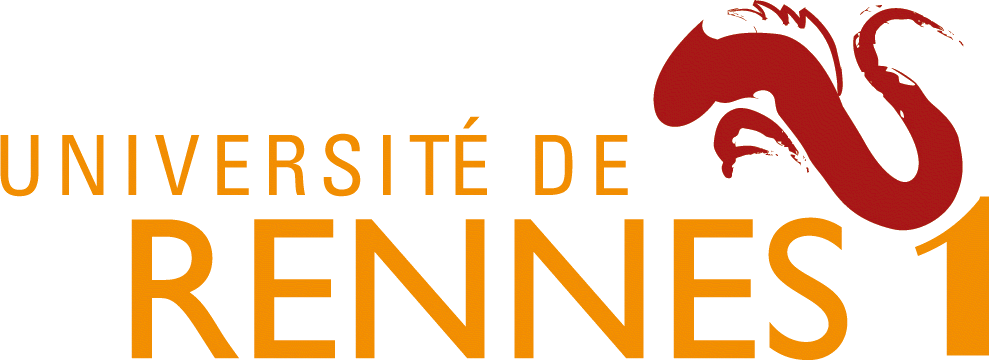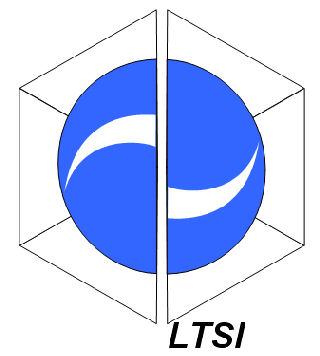News
Members
Publications
Software / Data
Job offers
Images / Videos
Collaborations
Conferences
Lab meetings: "Les partages de midi"
Practical information
Members Area
Next conferences we are in …


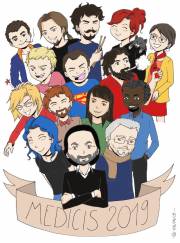
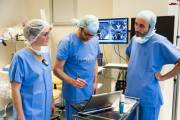
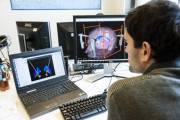
This shows you the differences between two versions of the page.
| Both sides previous revision Previous revision | |||
|
activities:theme1:projects:ontocondor [2021/01/28 11:47] gibaud |
activities:theme1:projects:ontocondor [2021/01/28 11:48] (current) gibaud |
||
|---|---|---|---|
| Line 2: | Line 2: | ||
| This ontology was developed to address the needs expressed by the CONDOR project. | This ontology was developed to address the needs expressed by the CONDOR project. | ||
| - | |||
| - | |||
| The ontology was designed as an application ontology gathering all entities and relationships involved. | The ontology was designed as an application ontology gathering all entities and relationships involved. | ||
| Line 17: | Line 15: | ||
| The ontology is organized as a set of files represented in OWL, the Web Ontology Language. | The ontology is organized as a set of files represented in OWL, the Web Ontology Language. | ||
| + | OntoSPM and OntoCONDOR reused as much as possible existing ontological resources. Therefore, we adopted an organization in modules, in which the root application ontology (called OntoCONDOR) imports OntoSPM, which imports several extracts of existing ontologies. | ||
| + | |||
| {{:activities:theme1:projects:ontocondorontology-imports.png?500| Figure 1}} | {{:activities:theme1:projects:ontocondorontology-imports.png?500| Figure 1}} | ||
| - | OntoSPM and OntoCONDOR reused as much as possible existing ontological resources. Therefore, we adopted an organization in modules, in which the root application ontology (called OntoCONDOR) imports OntoSPM, which imports several extracts of existing ontologies. These extracts, e.g. from the Foundational Model of Anatomy, the Units Ontology (UO), the Phenotype and Trait Ontology (PATO) were generated using the OntoFox tool, based on the MIREOT model. The overall integration of these disparate ingredients relied on the common philosophical ground provided by the Basic Formal Ontology (BFO version 23). | + | These extracts, e.g. from the Foundational Model of Anatomy, the Units Ontology (UO), the Phenotype and Trait Ontology (PATO) were generated using the OntoFox tool, based on the MIREOT model. The overall integration of these disparate ingredients relied on the common philosophical ground provided by the Basic Formal Ontology (BFO version 23). |
| In terms of application, OntoCONDOR focuses on the two procedures considered in CONDOR, namely: | In terms of application, OntoCONDOR focuses on the two procedures considered in CONDOR, namely: | ||

